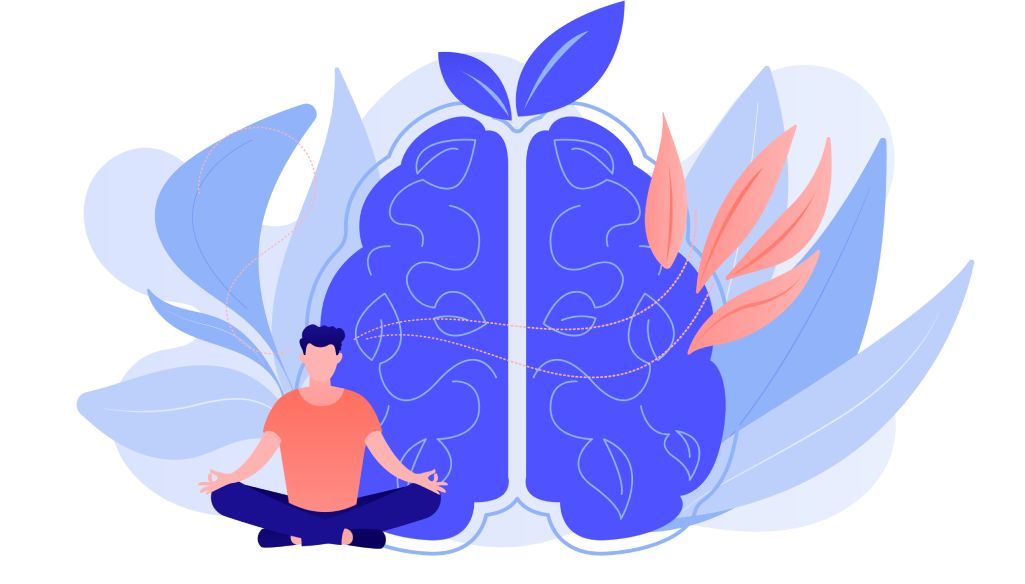What is Anger?
Anger is an intense emotion that everyone feels within themselves. The earliest lesson we learn about anger is that “anger is bad”. However, anger is good and also can be beneficial once we realize what it is trying to tell us. There are 2 parts of anger
- The emotion of anger – physical experience in our bodies that is not destructive but actually gives us important information we need to make good decisions.
- The behavior of anger – the behavior that follows the emotion of anger which can also be destructive.
Myths Vs Realities of Anger
| Myth | Reality |
|---|---|
| Feeling angry will bring more harm than benefit. | Feeling our anger allows us to identify our needs— communicating what we learn can help us get what we want. |
| If you let yourself become angry, you will lose control and do something you’ll regret. | Anger is more likely to erupt in out-of-control emotional outbursts if it is regularly suppressed. |
| If you let yourself feel your anger, you won’t be able to accomplish the things you need to do | It’s empowering to be aware of the anger that’s in your body. By experiencing these feelings, you will be able to determine how you feel about a situation and make mindful choices about what you want to do. |
| Anger is not good for relationships. | Expressing your anger in mindful, safe, and appropriate ways can actually strengthen your relationships. |
Clinical psychologists at the Center for Mental Health can help you understand the difference between healthy and unhealthy anger.
What is mindfulness?
Mindfulness is the state of mind in which we intentionally focus on ourselves in the present. In this state, we observe our thoughts and feelings but do not judge them. As a part of mindfulness, we can encourage ourselves to be curious and to explore our own nature and reactions.
How to use mindfulness to release anger?
First and foremost we need to understand how our anger feels in our body. We can use mindfulness techniques to understand the way our body feels before and during an experience of anger.
When our anger is triggered, many physical changes occur inside us. Our breathing deepens and quickens. Our heart beats faster, too, and it can feel like it’s racing. Blood vessels constrict, and muscles tighten.
The goal is to be able to fully experience our emotions, particularly the various shades of anger, in our body as they’re happening so that they don’t get buried and we get the valuable information they hold for us.
Anger can be uncomfortable, but by being in this discomfort can we experience, address and understand ‘why we are angry’ and find options for responding.
Find the feelings linked to your anger
| Agitated | Aggravated | Annoyed | Belligerent | Bitter | Boiling | Brooding |
| Contemptuou | Cross | Disgusted | Displeased | Enraged | Frustrated | Fuming |
| Furious | Grumpy | Hateful | Heated | Ill-tempered | Incensed | Indignant |
| Inflamed | Infuriated | Irascible | Irate | Irritated | Livid | Mad |
| Mean | Miffed | Offended | Pissed off | Resentful | Riled | Upset |
| Vengeful | Wrathful |
Find your anger cues
“Count to ten. Pound a pillow. Go in your car and scream.” This method of handling anger won’t help us to actually resolve the problems anger tries to bring to our attention. Anger does not need to be contained; it needs to be processed and digested. Otherwise, it will keep recycling and resurfacing.
To explore the anger and deal with it, we need to mindfully observe our anger, listen to its message and learn what it is trying to teach us about changes we need to make.
With anger, mindfulness can help us identify the noticeable clues that alert us that anger is coming, giving us time to make a deliberate choice about how we want to respond. Recognizing that anger is on the way before you act on it is very empowering and psychologists at Center for Mental Health can help you with that.
Catch your anger before acting out

Clinical psychologists in Pune at Center for Mental Health are here to help you understand which mindfulness techniques will work for you.

